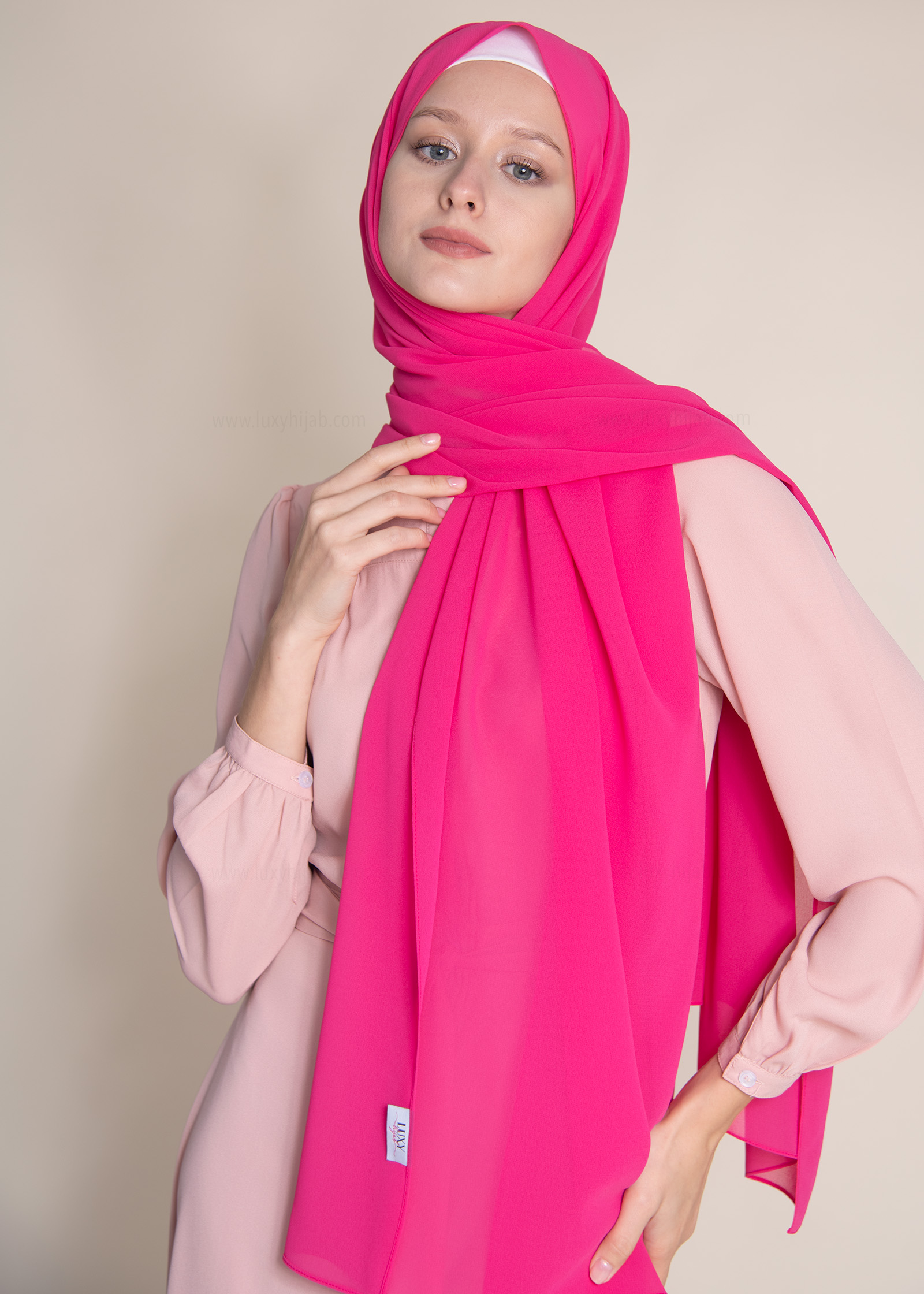Why is a simple garment, a hijab, becoming a lightning rod, drawing both admiration and, disturbingly, expressions of hate? The hijab, particularly when paired with a pink hoodie, has become a focal point in a series of recent incidents, highlighting complex issues of identity, prejudice, and the power of visual symbols in today's world.
The innocuous combination of a hijab and a pink hoodie has unexpectedly become a central element in a string of recent events. The color pink, often associated with femininity and softness, is juxtaposed with the hijab, a religious head covering worn by many Muslim women. These two seemingly unrelated elements have been thrust into the spotlight, sparking conversations about identity, religious freedom, and the rise of social tensions.
| Subject | Details |
|---|---|
| Name | (Information not available in the provided text, assuming the topic is focused on multiple incidents rather than a specific person. If a person's name were available, it would be included here.) |
| Known for | Being associated with the hijab and pink hoodie in various incidents that have sparked public discourse and controversy. |
| Associated Incidents |
|
| Impact |
|
| Controversies |
|
| Quotes | Fight and antisemitic attack. (referencing the context of reported incidents) |
| Further Information | Example Website (Replace with a relevant and authentic news source or organization's website. This URL is a placeholder) |
One particularly disturbing incident occurred in Fredericton, where an Israeli family reported an antisemitic attack on their daughter. The attacker, identified as an older female Muslim student, was allegedly wearing a pink hoodie. This event immediately triggered discussions surrounding hate crimes and the safety of religious minorities. The combination of the hijab, the pink hoodie, and the alleged antisemitic nature of the attack intensified the emotional impact, drawing attention to the very real threat of religiously motivated violence.
Simultaneously, the internet has been flooded with videos and commentary on physical altercations involving individuals wearing hijabs and pink hoodies. One such incident, captured in the Rollie Son fight video, involved a confrontation after school hours. These videos, often shared on platforms like X (formerly Twitter) and TikTok, quickly go viral, fueling discussions and raising questions about the root causes of such conflicts, including bullying, social dynamics, and the portrayal of these events in social media.
The Gymshark brand also comes into the discussion, specifically with their Gymshark Hijab - Muted Pink product. While the brand is not necessarily related to the other incidents, it is the same context, the presence of a pink hijab in fashion, which reflects how this piece of clothing is part of daily life for some women. It's a reminder that the hijab, and its color associations, are not always simply a sign of conflict but of identity.
The use of the pink hoodie in these situations has become a flashpoint for debate. In some instances, the color is used in conjunction with the hijab. The presence of the pink hoodie has become a marker for discussions about the challenges faced by Muslim women. The pink hoodie and hijab have become central to discussions around the incidents and the subsequent reactions.
The convergence of these incidents – the alleged antisemitic attack, the physical confrontations, the viral videos, and the fashion context – demonstrates how quickly an issue can be amplified through social media. It is a harsh illustration of how easily symbols can be weaponized and how quickly misunderstandings can escalate into public outrage. The Racist tears off Muslim girls Hijab (pink hoodie) and the subsequent call for justice highlight the immediate emotions that these situations elicit, often fueled by online echo chambers. These instances serve to underscore the importance of empathy, understanding, and the need to address underlying social issues.
The incidents related to the hijab and pink hoodie reflect broader societal issues, including bullying, religious intolerance, and the impact of social media on shaping public perception. They serve as a call to action to address these issues and to promote a more inclusive and understanding society. The conversations surrounding these events highlight the need for constructive dialogue and critical thinking in navigating complex social issues.
The speed with which videos and commentary spread online, as seen in the Pink Hoodie Hijab Fight Viral Video on X (Twitter), further intensifies the debate. The rapid dissemination of information (and misinformation) necessitates a more critical approach to understanding the events and avoiding generalizations. These narratives underscore the need for media literacy and critical thinking to interpret events accurately.
The cases are a potent reminder that in a complex and rapidly changing world, symbols can carry multiple meanings. The hijab, the color pink, and the combination of the two have all acquired new significance in the context of these incidents. Understanding the different perspectives and the underlying causes is crucial to resolving the issues and promoting a more harmonious society. These issues necessitate a careful examination of individual actions and the broader societal forces that contribute to the creation of such conflicts.
The events are not just isolated incidents. They are evidence of broader trends and require a deeper understanding of the issues involved. Only by understanding the complexities of these situations can we hope to create a society where diversity is celebrated, and hate has no place.


:no_upscale()/cdn.vox-cdn.com/uploads/chorus_asset/file/9620095/Mumine_Sweatshirt.jpg)
